Hey guys, it's Scott.
Because it's Batman Day (or it will have been when you listen to this, it is today as I'm doing this recording), I thought maybe I'd do a little piece about what Batman has meant to me over the years, both in my personal life and in my creative life. And it's such a big question, because I think the strange thing about Batman is that he's always just been there and there's been a version of him that's been resonant for me at every point in my life. When I was little, I loved Batman ‘66 I mean, Batman ‘66 was like high drama to me. I would run home from school and watch it on channel 11 WPIX, the reruns were always on. And I didn't understand that it was camp. To me, it was just nerve-racking, high excitement fiction.
And then as I got older, I fell in love with the comics. I re-read all the old Denny O'Neil and Jim Aparo, and all of it. I would get those big books that were amalgams of early 1970/80s Batman comics all mixed together and read those. And then, of course, I fell in love with the comics as they were coming out.
And then when I got to the end of high school, the animated series started right as I was going to college, and I fell in love with that. And that was a way to stay really involved with Batman, even when there wasn't a comic shop, or it was harder to get comics when I was away at school. And then, of course, the movies started again, and all of it. I mean, there's always been a Batman that has felt relevant to me.
But I remember, also, Batman being the comic book character that felt real to me first. I was about 10 when I read Dark Knight Returns, which was way above my head, obviously, at the time, but I still have my original four issues at my parents’ house in their storage room, my beaten-up original issues. And I remember reading that book, getting it at Forbidden Planet (in their old location where they had the upstairs and the downstairs on Broadway) and getting it and just being blown away by how immediate it felt. Batman was facing off with things that felt real to me at that time and then it just drew me in. And I've spoken about this before, so I won't go on.
He'd always been my favorite character. But from that point forward, he was the character one day I wanted to write. And it's funny because I've loved so many versions of him, and I think one of the things that was strange when I was actually writing him was that people sometimes feel like these versions need to be competitive, or that one somehow can’t exist if another one is real too. I never had that approach. I mean, I love Frank Miller's version—a man who's completely obsessed with this kind of demon bat and has this mission to perform even if it means his own downfall and someone driven by obsession, and all of this kind of personal darkness.
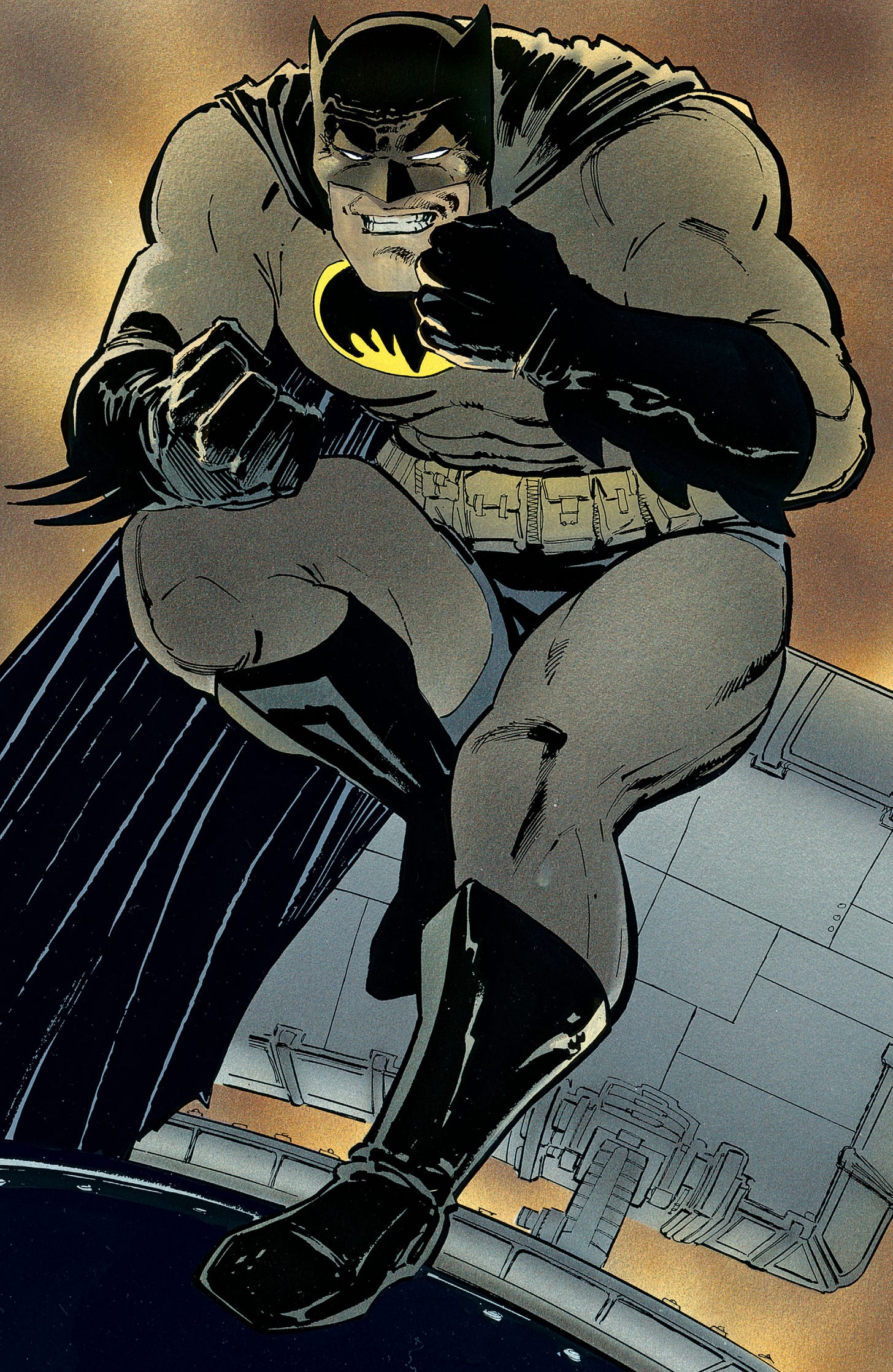
But I also love Grant Morrison's version that's completely maximalist, and is an attempt to make all the crazy lunacy of Batman real and make him a man who can do anything and the most adaptable, fictional character in history. And I also love the Denny O'Neil version. It's like the real empiricist Sherlock Holmes Batman—the detective who solves cases and makes you feel that all is right with the world again, because the clues that didn't seem to add up, suddenly add up. Batman can be all those things. He can be any of those things at once and all of them at once. And that's fine.
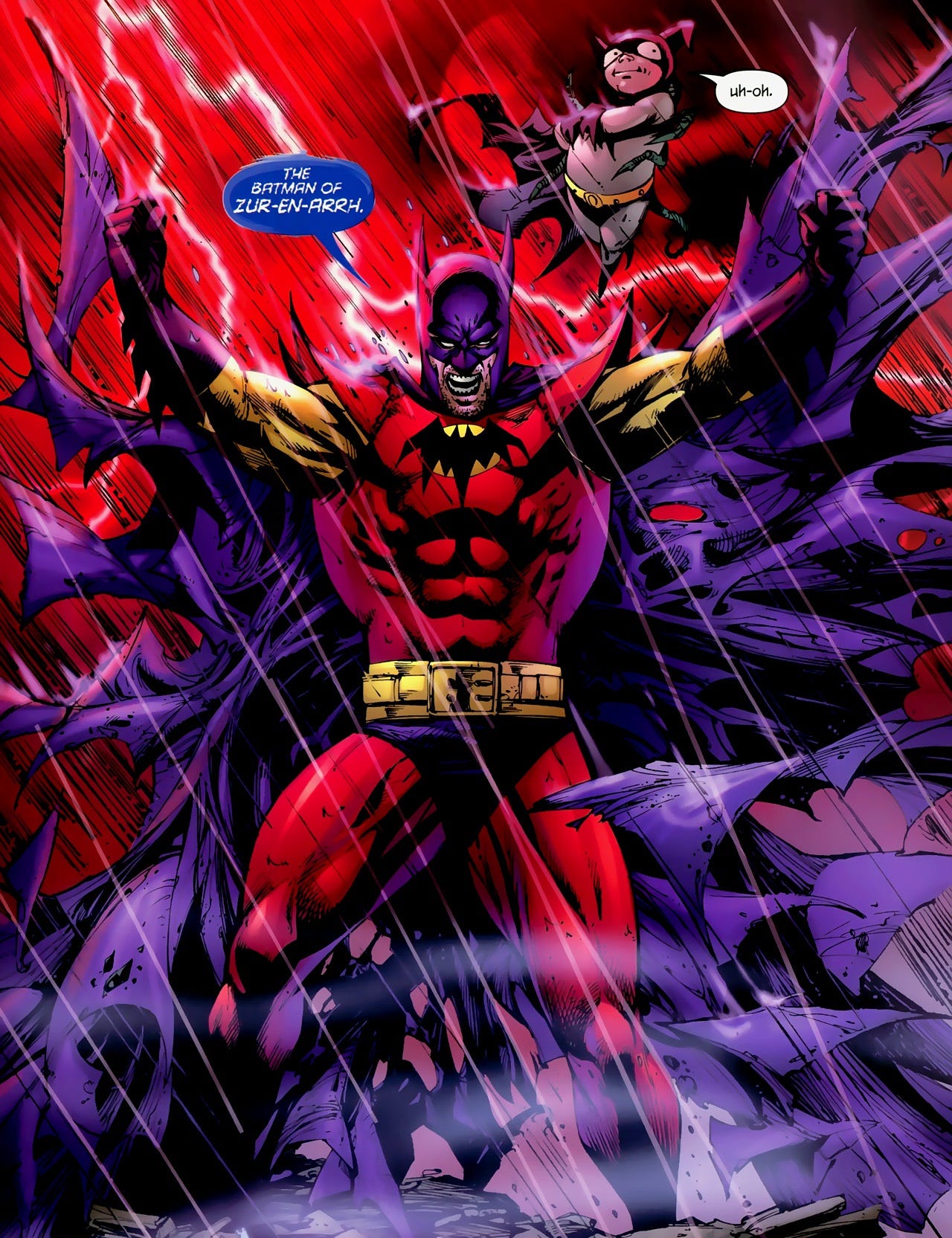
I think, if you ask me what my version of him is and what I find most enduring, and I think the thing that keeps people reading regardless of what trimming is on him, or what final version he takes, it’s that at his core, Batman is a figure who takes the very thing that he's afraid of the most and confronts it every night to make himself stronger, and make sure that that thing won't happen again, both to him and to someone else out there in the world. And that construction, that folk figure, someone who had something terrible happened to them and faces it over and over to grow stronger and prevent it, and to help other people from experiencing it. That in and of itself has a primal attraction.
And it goes back to this kind of phrase that I always joke about as a writer of Batman that at first, I think I took lightly—Batman always wins, right? So, Hulk versus Spider-Man, who wins? Batman wins. Avengers versus X-Men, who wins? Batman wins. Batman versus anyone. And people get tired of it, and they make fun of it. But when you're writing Batman, you start to realize—it's not that he just prepares for everything and wins all the time. And he's not the Lego Batman version (which is a great version, by the way, and I think one of the best Batmans ever), but the lesson that he wins is built into the character, because he's about the human spirit overcoming what terrifies it most to become triumphant over that thing. Batman can be applied to any fear. Whatever it is that you're most afraid of, Batman says face it, and then on the other side of that, you'll be stronger. That's what he is.
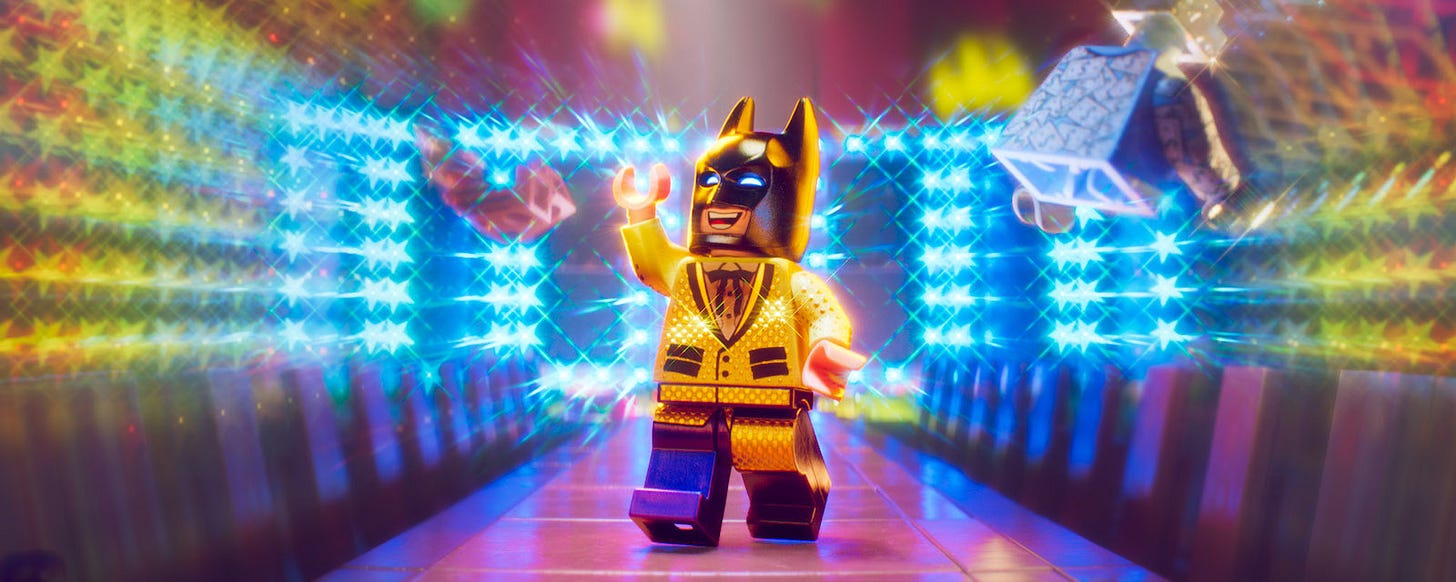
All the other stuff, the cars, and the cave, and the wealth… I mean, a lot of that is vestigial from the 1930s and stuff. That's not important to the character, to me, at least, to my version of him in my head, I understand that there's a lot of baggage and things that come with that, and they're important to reckoned with. But ultimately, for me, what makes the character who he is, and as appealing as he is, aside from the cool, fun stuff that he comes with, is that lesson.
I always took it to heart that our mantra or thesis about Batman, from beginning of our run on, constructing him from the ground up, was that he's human. He's a person who never uses magic or alien technology or any of that stuff in any long form way. I mean, he'll pick up a sword here and there or a spell or whatever, but he's determined to remain one of us. He shows us that we can stand shoulder to shoulder with gods and aliens and magic wielders and all of this stuff. And the bat itself, as much as it’s this haunting figure and omen and has all these associations that are dark, ultimately what I like to think about it is it's the only mammal that can fly. And what Batman is teaching us is that we can do the impossible. Any tragedy or hardship that we face, we can take it and turn it into fuel to become better than we are to make sure that that thing can't get us again and can't happen to someone else.
He's about going out there at night and saying, “if I can sacrifice my body to this city over and over and become something that’s this pinnacle of human achievement that seems impossible, flying over the city, with this light in the sky, and being everywhere at once and doing all these amazing things, then you can get up and face your fear. And together, we can make this city, and this world, better.” And that's really who Batman was to me in our run. That's why the way that we made his ending work with Last Knight on Earth, and with the story did with Sean Murphy had to do with always being human.
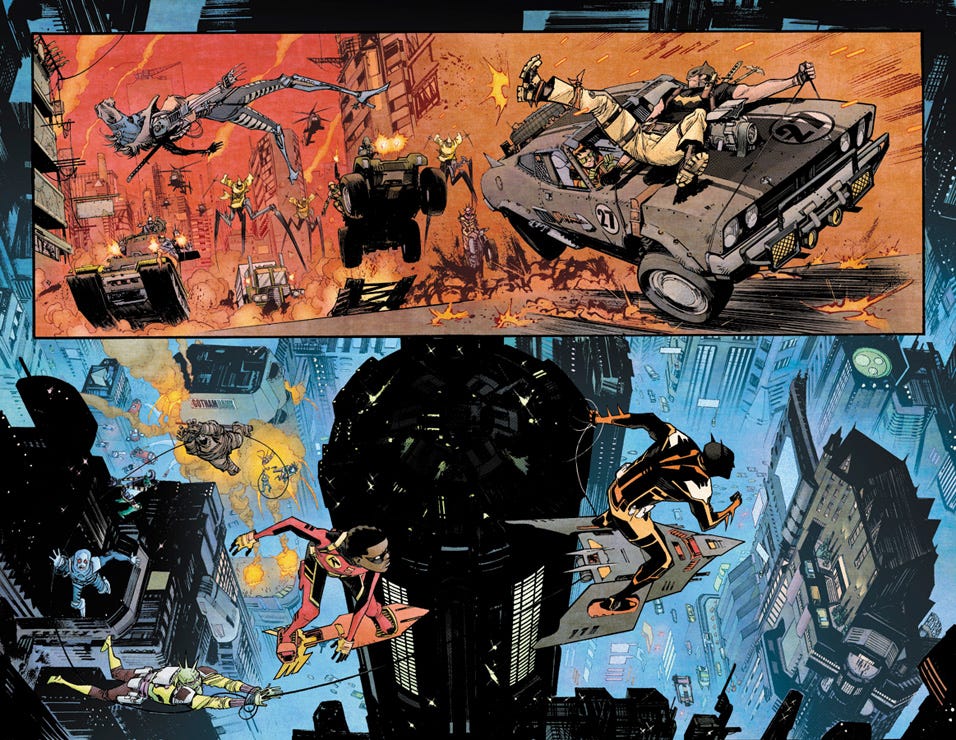
I said this before, but Grant Morrison told me once you have to have a birth and a death for your version of Batman. And Zero Year was a really hard dot sort of opening act for our Batman. But Last Knight on Earth, I had actually thought of first. And for us, the idea was that he would find a way to make sure that there was always a Bruce Wayne and a Batman, but that that Batman would always be human, would never be anything more than Bruce Wayne and that Bruce Wayne would be fitted to match that moment was important. It was a metaphor for the way Batman should be applied, I think, to every era.
And sometimes he can be gone, and his family can take up for him entirely, and it's great when other characters take up the mythology of Batman in all kinds of ways. But I just mean as a theory or thesis on Bruce Wayne Batman, to me, the idea is that he starts as a pure thing that begins when he understands after that trauma in the alley that he's going to change himself into someone who is all about making sure that can't happen again to someone else, and then he's going to face it every single night. That basic iconic construction can be applied to every era, every moment. And that's Batman at his core. So that's why in our ending, he figures out a way to clone himself every 27 years for a new, a new era. It's all part of how we thought about Batman on our run.
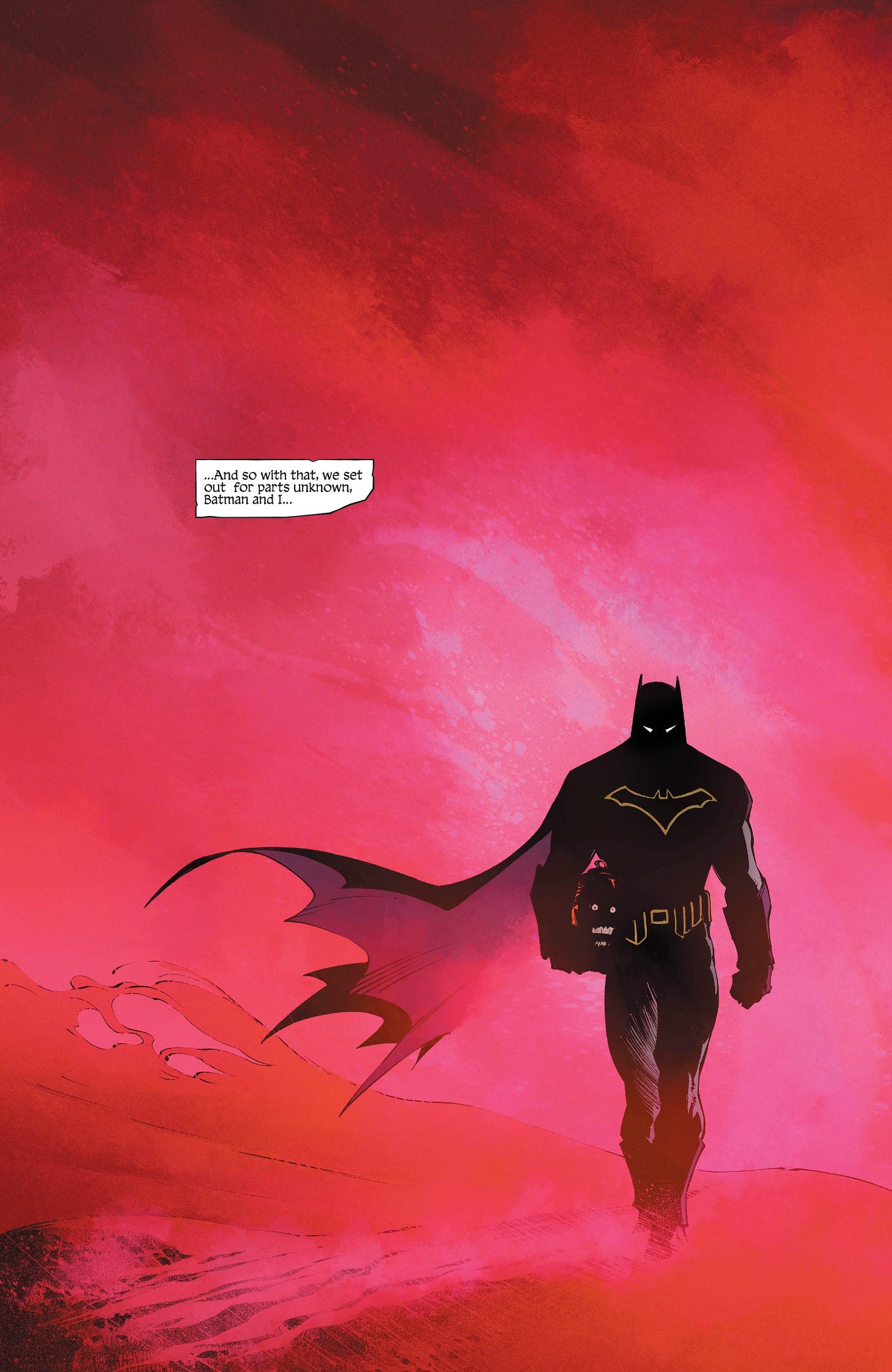
So anyway, Happy Batman Day! Go out there and buy some Batman comics by other people, all the amazing creators that have been on the book in the past and are on the book in the present—Joshua Williamson and co are about to start an incredible run. So go out there pick up some amazing Batman stories and celebrate Batman!
S






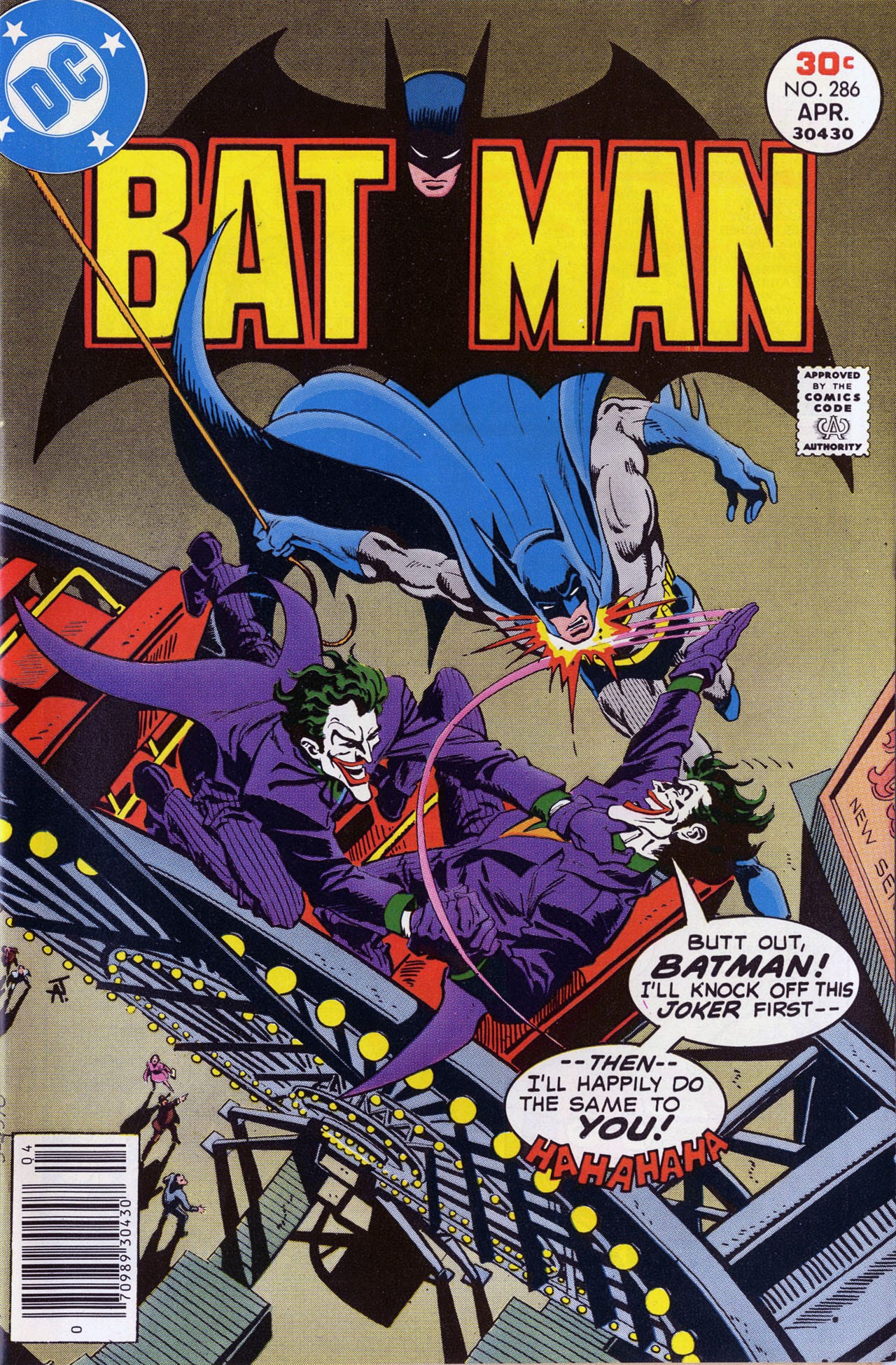
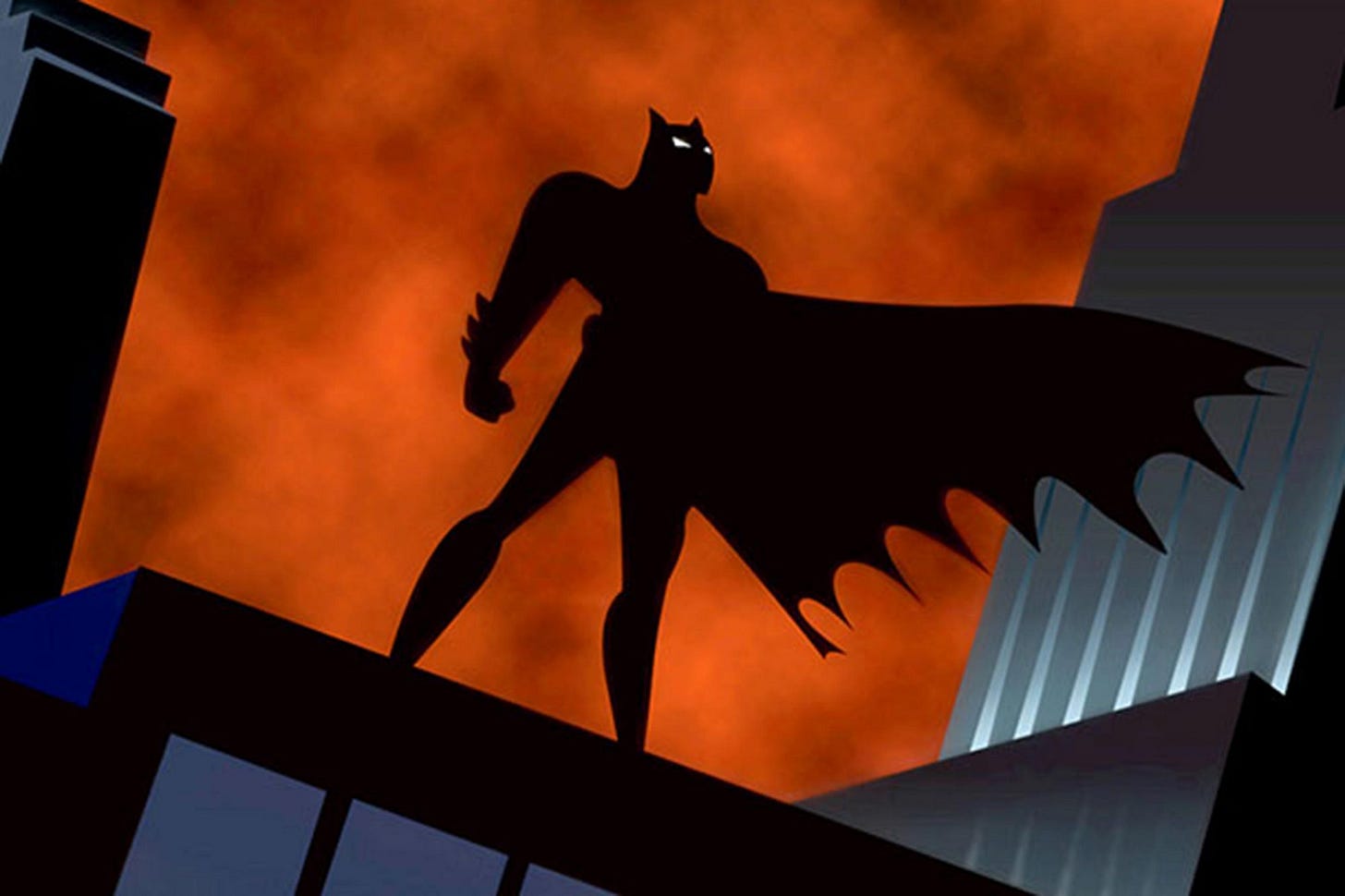
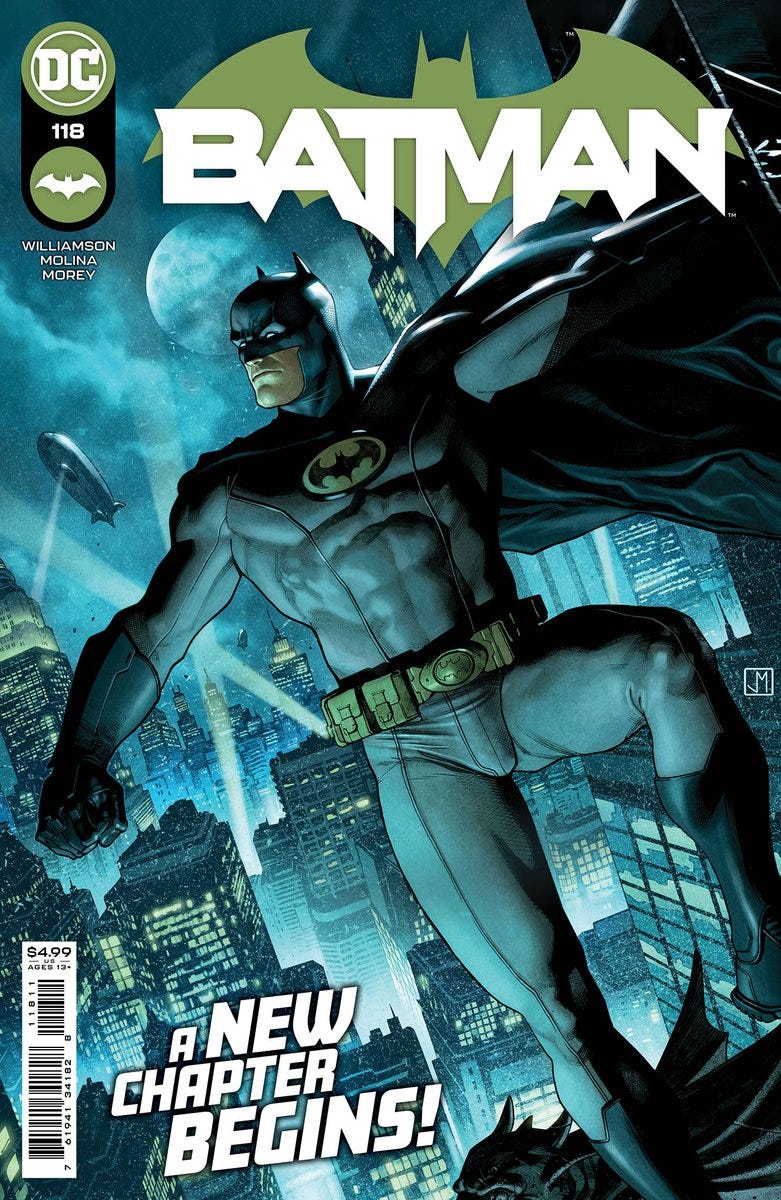


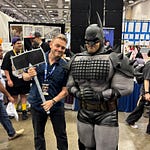


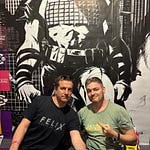
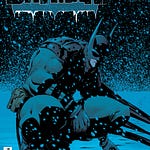
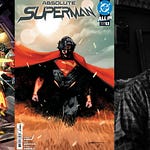
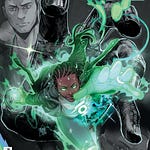
Share this post